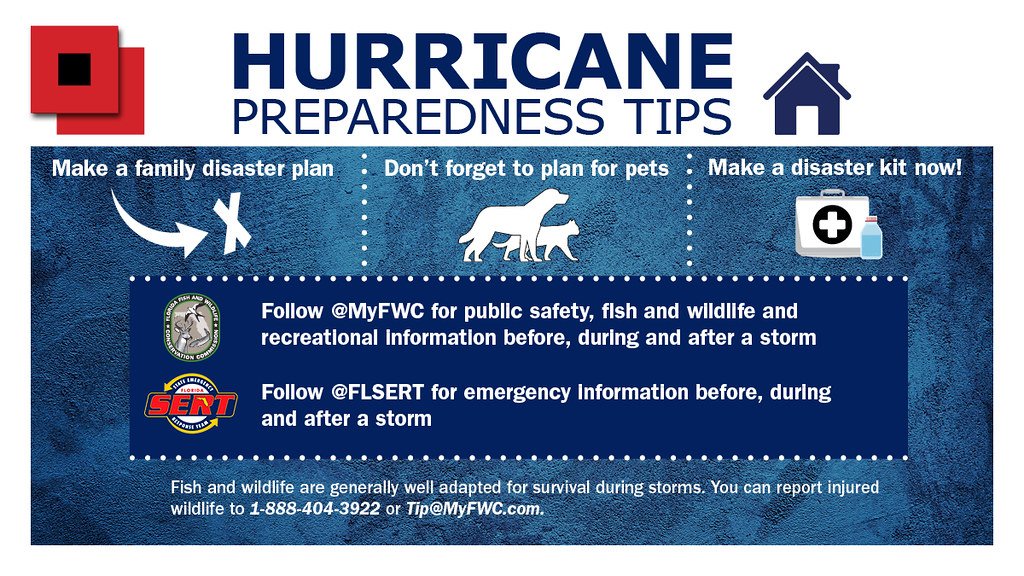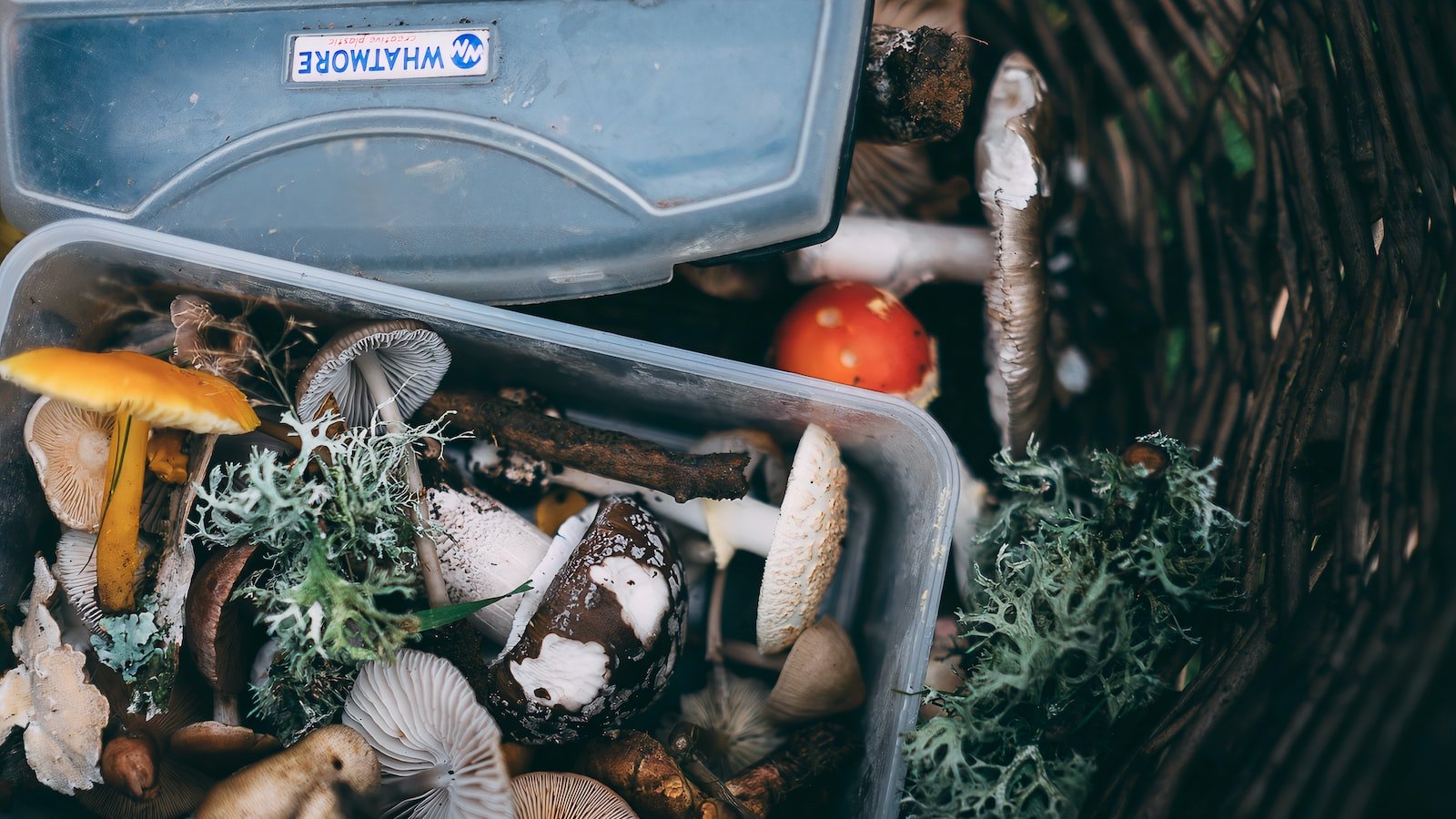Now Reading: How to Make a DIY Emergency Toilet
-
01
How to Make a DIY Emergency Toilet
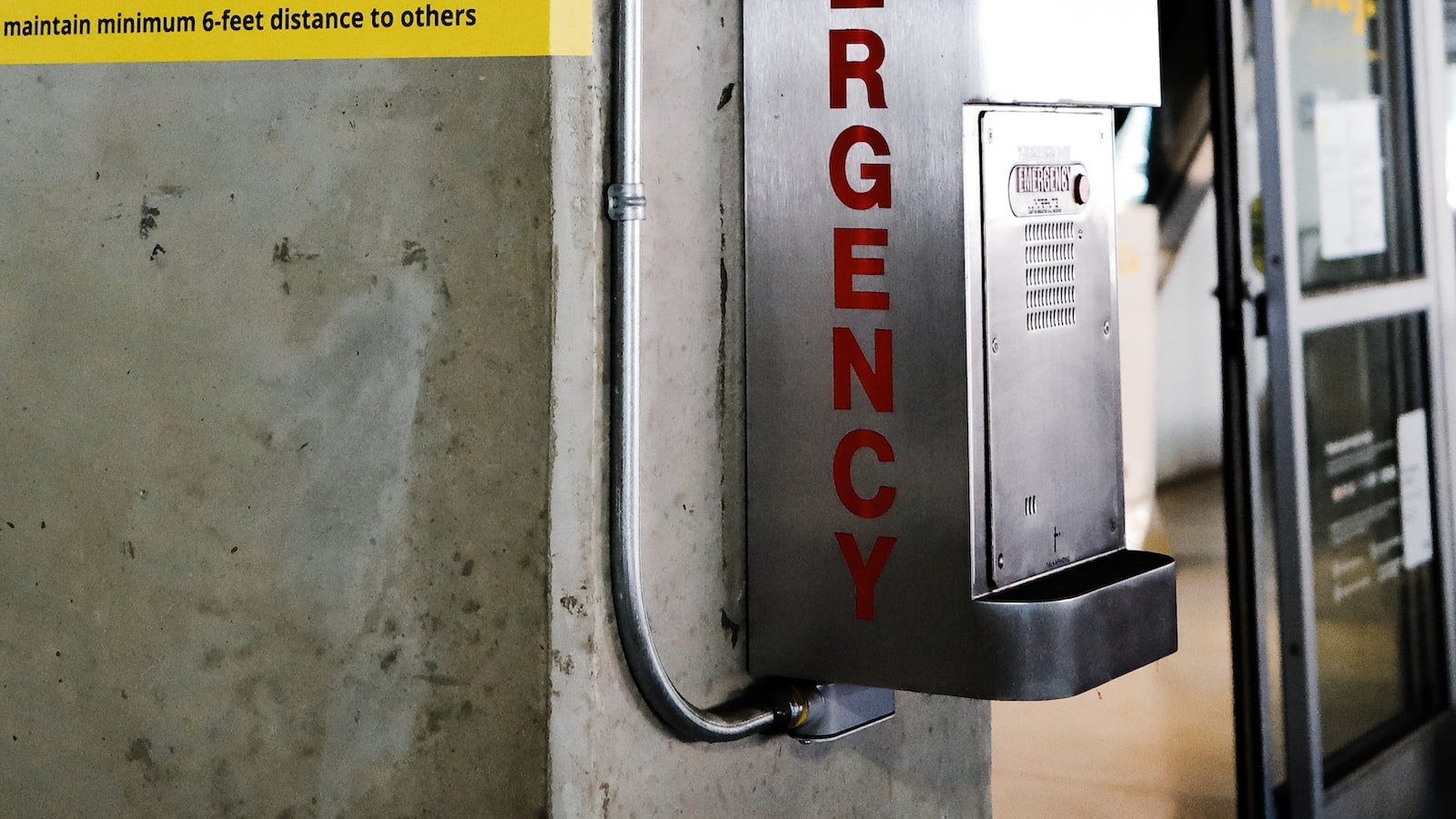
How to Make a DIY Emergency Toilet
Imagine this: you find yourself in the middle of a disaster, stranded without electricity, running water, or even a basic necessity – a working toilet. The panic sets in as you realize your options are limited, and you start to wonder how you are going to survive without this simple yet vital convenience. But fear not! In this article, we will show you how to craft a DIY emergency toilet using everyday household items. Whether you’re facing a power outage, a natural disaster, or simply a plumbing mishap, this handy guide will equip you with the knowledge to construct your very own makeshift commode. Get ready to tackle those pressing needs, even in the most challenging circumstances.
Table of Contents
- Gathering Essential Materials for Your Emergency Toilet
- Creating an Improvised Toilet Seat for Comfort and Hygiene
- Constructing a Sturdy and Portable DIY Toilet Base
- Maintaining Sanitation: Tips for Waste Disposal and Hygiene
- Improvising Toilet Paper Alternatives in Emergency Situations
- Q&A
- Wrapping Up
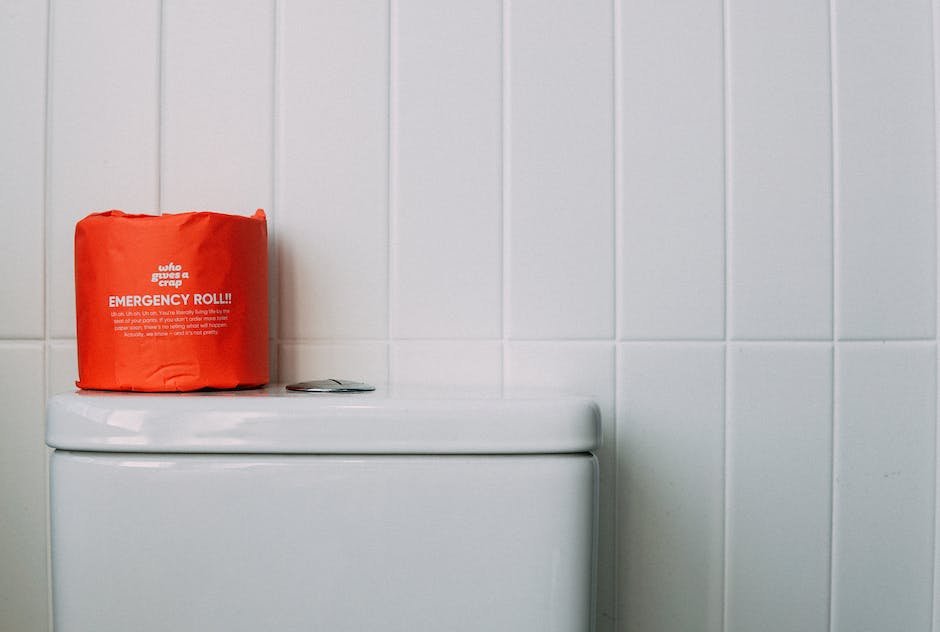
Gathering Essential Materials for Your Emergency Toilet
When it comes to emergency situations, it’s important to be prepared for every possible scenario. One often overlooked aspect is hygiene, specifically the availability of a functioning toilet. In times of crisis, having an emergency toilet can be a real lifesaver. Here are the essential materials you’ll need to gather to create your own effective emergency toilet.
1. Container or Bucket:
The first item you’ll need is a sturdy container or bucket with a tight-fitting lid. This will serve as the base for your emergency toilet. Ensure it has enough capacity to hold waste material at least for a short period.
2. Disposable Bags:
Line your container or bucket with large, sturdy disposable bags. These bags will not only help contain the waste but also make cleanup much easier. Make sure the bags are thick enough to prevent any leaks or tears.
3. Absorbent Material:
To prevent any unpleasant odors and absorb moisture, it’s crucial to have an absorbent material on hand. Options like sawdust, cat litter, or shredded newspaper work well. Sprinkle a layer of the absorbent material at the bottom of the bag before using the toilet.
4. Sanitizing Supplies:
Hygiene is paramount in emergency situations. Always include sanitizing supplies such as hand sanitizer, disinfectant wipes, and toilet paper in your emergency toilet kit. These will help maintain cleanliness and prevent the spread of germs.
Remember, emergencies are unpredictable, so it’s essential to gather these materials in advance and store them in an easily accessible location. By being prepared with an emergency toilet, you can maintain proper sanitation and hygiene even in the toughest times.
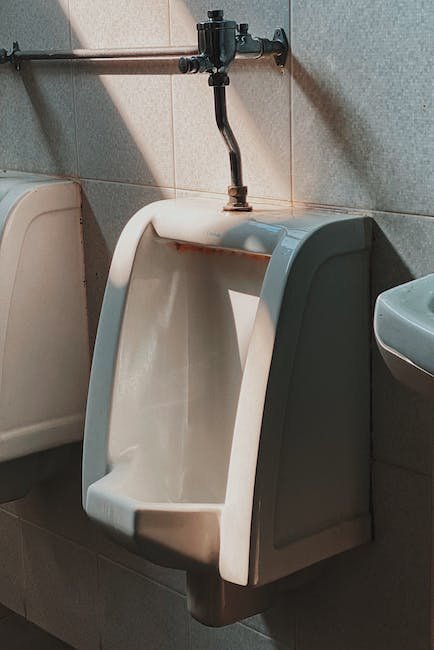
Creating an Improvised Toilet Seat for Comfort and Hygiene
When nature calls and you find yourself in a less than ideal bathroom situation, improvisation can come to the rescue. Whether you’re camping or faced with a broken toilet seat, it’s important to find a solution that prioritizes both comfort and hygiene. Here are a few creative ideas that will help you create an improvised toilet seat:
1. Cushion and Cover
One of the simplest ways to enhance comfort is by adding a cushion and cover to your makeshift toilet seat. You can use a thick towel, foam pad, or even a folded-up blanket for cushioning. Secure it to the seat with a strong, elastic band or tie it down with sturdy string. Cover the cushion with a clean, disposable plastic bag or a toilet seat cover for added hygiene.
2. DIY Foam Toilet Seat
If you’re feeling crafty, you can create a DIY foam toilet seat that will provide extra comfort. Start by measuring the dimensions of your toilet seat and cut a piece of dense foam to fit. Add adhesive strips to the bottom of the foam, then attach it securely to the toilet seat. This will provide a padded surface that molds to your body, ensuring a more comfortable and enjoyable experience.
3. Portable Hygiene Kit
Ensuring proper hygiene is essential, especially in improvised toilet situations. Create a portable hygiene kit that includes antibacterial wipes or hand sanitizer, disposable gloves, and toilet seat covers. Keep everything in a waterproof bag or container, so you can easily access it whenever needed. This will help prevent the spread of bacteria and keep you feeling clean and fresh.
Remember, improvising a toilet seat is all about making the best of a less-than-ideal situation. By prioritizing comfort and hygiene, you can ensure a more pleasant experience when nature calls unexpectedly.

Constructing a Sturdy and Portable DIY Toilet Base
When it comes to , there are a few key factors to consider. First and foremost, you’ll want to ensure that the base is made of durable materials that can withstand the weight and movement of the toilet. Opt for high-quality plywood or treated lumber to create a solid foundation.
To enhance the stability of your DIY base, consider adding additional supports or braces. This could involve using metal corner brackets, L-brackets, or even reinforcing the joints with screws for added strength. Taking these extra precautions will help prevent any wobbling or instability that may occur over time.
Furthermore, don’t forget to add portability to your DIY toilet base design. Install sturdy handles or attach caster wheels to make it easy to move the toilet when needed. This enables you to transport your toilet base effortlessly, whether for cleaning purposes or relocating it to a different area of your home.
Key tips for :
- Use high-quality plywood or treated lumber for a strong foundation.
- Consider adding additional supports or braces using metal brackets or screws.
- Enhance portability by installing handles or caster wheels.
![]()
Maintaining Sanitation: Tips for Waste Disposal and Hygiene
Tips for Waste Disposal:
- Separate your waste into different categories such as recyclables, organic matter, and general waste. This will make it easier to dispose of them properly and minimize the impact on the environment.
- Invest in a compost bin for your kitchen scraps and garden waste. Composting not only helps reduce the amount of waste that goes to landfills but also provides nutrient-rich soil for your plants.
- Always use designated waste bins for hazardous items like batteries, chemicals, or electronic waste. These materials require special handling and should never be thrown in with regular garbage.
Tips for Hygiene:
- Wash your hands thoroughly with soap and water for at least 20 seconds before and after handling waste. This simple practice helps prevent the spread of germs and protects your health.
- Use disposable gloves when handling waste to avoid direct contact with potentially harmful substances. Make sure to dispose of the gloves properly after use, preferably in a sealed bag before placing them in the waste bin.
- Regularly clean and disinfect waste bins to prevent the buildup of bacteria and odors. A mixture of water and vinegar or a mild disinfectant can be used for this purpose.
By following these waste disposal and hygiene tips, you can contribute to maintaining a clean and healthy environment for yourself and others. Remember, responsible waste management and good hygiene practices go hand in hand in nurturing sanitation.
Improvising Toilet Paper Alternatives in Emergency Situations
In emergency situations, it is crucial to be resourceful and find alternatives when basic necessities like toilet paper are not available. Here are some creative and unique improvisations that can help alleviate the challenge:
1. **Bid Farewell to Traditional Paper**: Consider using biodegradable alternatives to toilet paper such as leaves, moss, or smooth stones. Ensure they are safe for use and dispose of them responsibly afterward.
2. **Repurposing Paper Products**: Look for paper items around you that could serve as a makeshift substitute. Old newspaper, phone book pages, or even paper towels can be utilized, although they may not provide the same comfort as regular toilet paper.
3. **Hygienic Hydration**: If water supply is accessible, prioritize cleanliness by using water for cleansing. In this case, try the following method:
– Wet a cloth or small towel with water, preferably warm.
– Gently clean the desired area with the damp cloth, ensuring proper hygiene.
- Wash and dry the cloth thoroughly after use to prevent bacterial growth.
Remember that while these alternatives can be helpful in an emergency, it is essential to prioritize your health and maintain proper hygiene practices.
Q&A
What materials do I need to make a DIY emergency toilet?
You will need a 5-gallon bucket with a tight-fitting lid, a pool noodle, a sturdy trash bag, and a roll of toilet paper. Optional materials include sawdust or cat litter for odor control and disposable gloves for hygiene.
How do I assemble the DIY emergency toilet?
Start by placing the pool noodle around the rim of the 5-gallon bucket, creating a comfortable seat. Next, line the bucket with the sturdy trash bag, making sure it stays in place. Once you’ve attached the tight-fitting lid, your DIY emergency toilet is ready for use.
How can I dispose of waste from the DIY emergency toilet?
After each use, tie the trash bag securely and place it in a designated waste disposal area or contact local authorities for guidance on proper sanitation and waste management. Remember to always prioritize hygiene and follow any specific guidelines or regulations in your area.
Are there any alternatives for odor control?
If you don’t have access to sawdust or cat litter, you can sprinkle a thin layer of baking soda on top of the waste after each use. This can help reduce any unpleasant odors. Alternatively, you can keep the DIY emergency toilet in a well-ventilated area to minimize odors.
What precautions should I take for hygiene?
It is crucial to wash your hands thoroughly with soap and water after using the DIY emergency toilet. Using disposable gloves during setup and disposal can also help maintain proper hygiene. Remember to maintain a clean environment and handle waste with care to prevent the spread of any potential infections or diseases.
Can the DIY emergency toilet be used outdoors?
Absolutely! The DIY emergency toilet is a versatile solution and can be used both indoors and outdoors. Its portability and simplicity make it useful for camping trips, outdoor events, or any situation where a toilet may not be readily available. Just make sure to dispose of waste responsibly and consider local regulations when using it outdoors.
Is the DIY emergency toilet a long-term solution?
While the DIY emergency toilet can serve as a temporary solution in emergency situations, it is not designed for long-term use. It’s crucial to prioritize finding a more permanent sanitation system or seek assistance from relevant authorities if the need arises.
Wrapping Up
So the next time nature calls and you find yourself in an unexpected emergency situation, fret not! With just a few simple materials and a dose of resourcefulness, you now possess the knowledge to create your very own DIY emergency toilet. Remember, keeping a clear head and being prepared for the unexpected can make all the difference in the world. Whether you’re faced with a camping trip gone awry or a temporary disruption of basic services, this innovative solution is sure to save the day (and your dignity!). So go forth, brave souls, and answer the call of nature with confidence and ingenuity. The DIY emergency toilet awaits your creative touch!
As an affiliate, my content may feature links to products I personally use and recommend. By taking action, like subscribing or making a purchase, you’ll be supporting my work and fueling my taco cravings at the same time. Win-win, right?
Want to read more? Check out our Affiliate Disclosure page.

